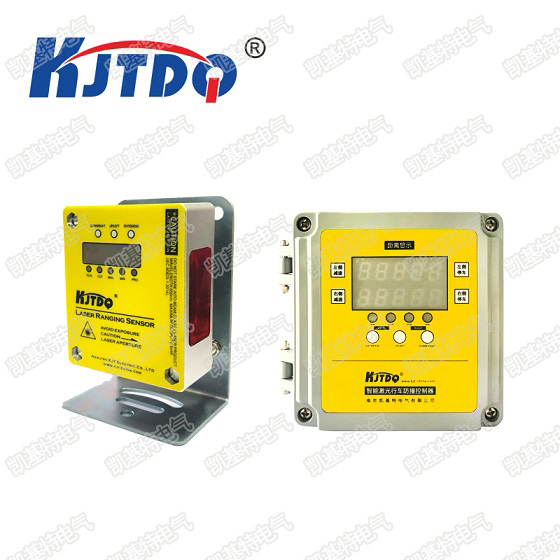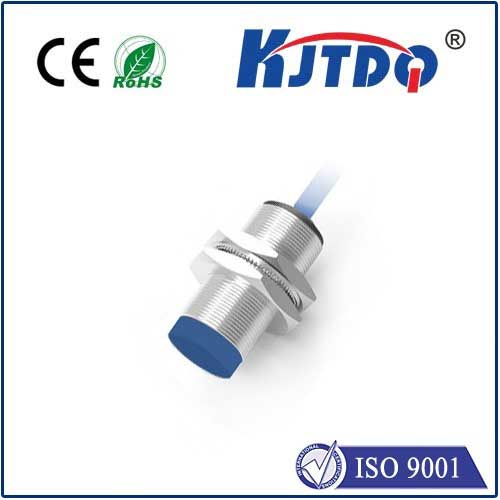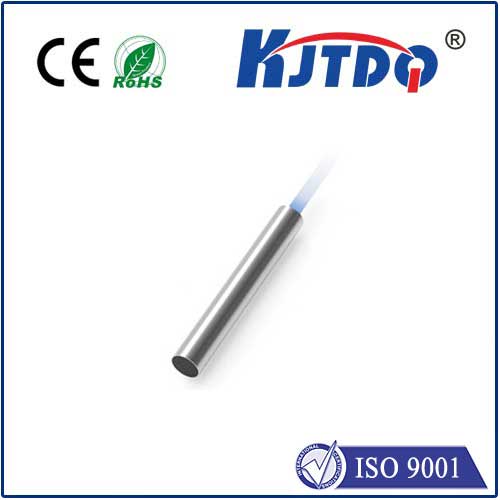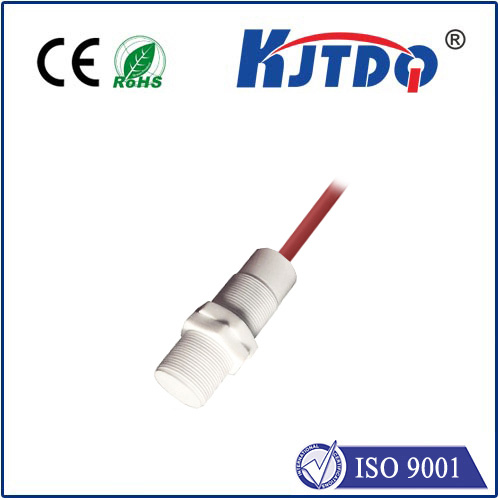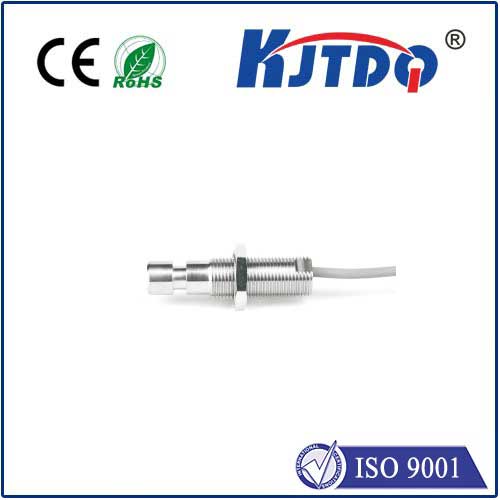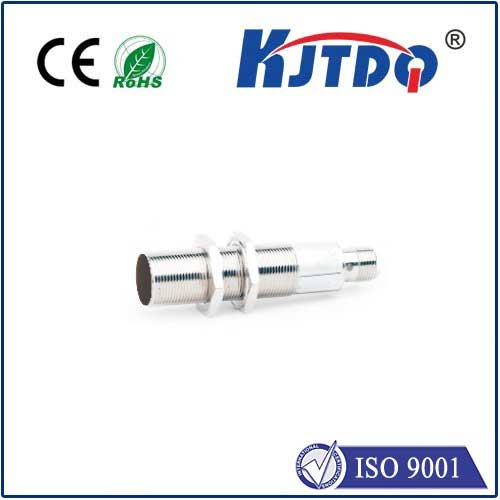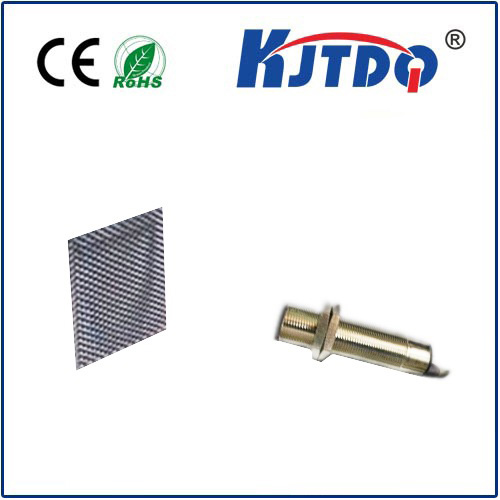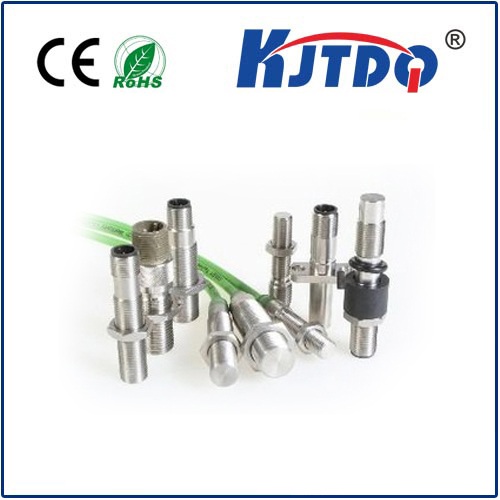
check

check

check

check
Inductive conductivity sensors, often referred to as inductive level sensors or conductivity probes, represent a significant advancement in liquid level measurement technology. These sensors operate based on the principle of electromagnetic induction, which allows them to detect the presence or absence of a conductive material without making physical contact. This non-invasive measurement capability is particularly valuable in applications where hygiene, safety, or contamination concerns are paramount. At their core, inductive conductivity sensors consist of an oscillator circuit that generates a high-frequency electromagnetic field. When this field encounters a conductive material, it induces eddy currents within it, which subsequently alters the oscillator’s frequency. By monitoring changes in frequency, the sensor can accurately determine the level of the conductive medium. This mechanism ensures reliable and consistent measurements even in harsh environments, making these sensors ideal for a wide range of industrial applications.

The versatility and robustness of inductive conductivity sensors make them indispensable in various sectors. In the food and beverage industry, for instance, these sensors are employed to monitor the level of liquid ingredients in tanks and pipelines, ensuring precise control over the production process. Their non-contact nature prevents contamination, adhering to stringent hygiene standards. Similarly, in pharmaceutical manufacturing, inductive sensors help maintain sterile conditions while providing accurate level measurements essential for compliance with regulatory requirements. In the chemical processing industry, these sensors play a crucial role in managing the levels of corrosive or hazardous materials safely. By avoiding direct contact with the substance, they minimize exposure risks for personnel and equipment. Additionally, their ability to function under extreme temperatures and pressures makes them suitable for monitoring levels in boilers, reactors, and other high-energy processes. Beyond these traditional sectors, inductive conductivity sensors find applications in water treatment facilities, wastewater management systems, and even in household appliances like washing machines and dishwashers. Their adaptability across different settings underscores their importance as a tool for enhancing efficiency and safety.
One of the primary advantages of inductive conductivity sensors lies in their non-contact operation. Unlike capacitive or resistive sensors that require immersion into the measured medium, inductive sensors can detect levels from outside containers or pipes through non-metallic barriers. This feature not only extends the lifespan of the sensor by preventing corrosion and fouling but also reduces maintenance costs significantly. Moreover, these sensors exhibit excellent resistance to environmental factors such as temperature fluctuations, vibration, and electromagnetic interference. This resilience ensures uninterrupted performance even in demanding industrial environments, enhancing operational reliability. Another noteworthy benefit is their broad sensing range and sensitivity, allowing for precise detection across varying distances and materials. When compared to alternative technologies like ultrasonic or radar sensors, inductive conductivity sensors offer a cost-effective solution without compromising on accuracy or durability. They provide consistent readings regardless of the medium’s composition, viscosity, or surface tension, further cementing their status as a preferred choice among engineers and facility managers alike.
As industries continue to evolve towards greater automation and efficiency, the demand for advanced sensing technologies like inductive conductivity sensors will undoubtedly rise. Their unique combination of non-contact measurement capabilities, robustness against harsh conditions, and compatibility with diverse applications positions them at the forefront of fluid level monitoring innovation. Investing in such cutting-edge solutions not only optimizes operational efficiency but also contributes to long-term sustainability goals by minimizing resource wastage and reducing environmental impact. For businesses seeking to upgrade their process control systems or embark on new projects requiring reliable liquid level detection, inductive conductivity sensors present a future-proof option worth considering.
